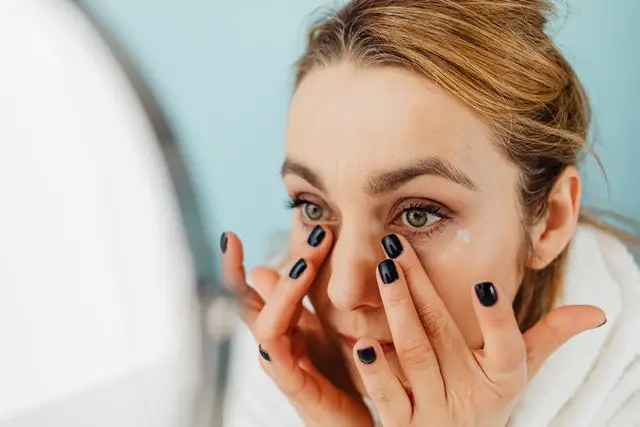CHEMICAL PEEL: MYTHS AND FACTS

CHEMICAL PEEL MYTHS AND FACTS: There are some myths floating around about chemical peels, so let’s clear things up by giving you the facts.
MYTH 1: CHEMICAL PEELS ARE UNSAFE
Chemical peels have been around for a long time and for good reason. They’re a highly effective way to minimize scarring, reduce fine lines and wrinkles, and even out skin tone. They can even work as an acne treatment. Peels use a special chemical solution to break down the top layer of dead skin cells. In this way, chemical peels act as an exfoliant, revealing the layers of fresh, rejuvenated skin below. Even rare side effects should diminish within a couple of days post-treatment.
MYTH 2: SKIN WILL EXCESSIVELY PEEL POST-TREATMENT
The skin may or may not peel after a chemical peel treatment, depending on the individual’s response to treatment and the depth of the peel. Regardless, in almost all cases, a chemical peel does not produce heavy peeling. In fact, many of the peels available work at the cellular level, so physical side effects are minimal. A little redness and sensitivity may occur afterward, and it’s a good idea to wear sunscreen for a few days.
MYTH 3: CHEMICAL PEELS CAN’T BE USED ON SENSITIVE SKIN
Even if you have sensitive skin, acne, rosacea, or eczema, you can still receive a chemical peel. Some peels are even formulated for sensitive skin or for skin that’s prone to rosacea. Some peels help to calm the skin, reducing inflammation. Others can go to work on the root causes of acne: a combination of sebum (oil), dirt, bacteria, and dead skin cells that combine to cause a clogged pore.
MYTH 4: THERE’S ONE TYPE OF CHEMICAL PEEL
If you haven’t gotten the picture yet, there are many kinds of chemical peels out there. There are various depths of chemical peels as well, which a doctor can recommend based on the issues you’re seeking to target. Each one will carry its own guidelines for ideal candidates, so consult with a doctor first.
MYTH 5: I’LL ONLY NEED ONE PEEL
Generally speaking, while results like brighter, more youthful-looking skin tone are visible after one peel, you may need more treatments for greater results. For example, if you’re looking to work on deeper wrinkles, acne scars, or dark spots, you may need to receive a chemical peel treatment about every six to eight weeks. As an acne treatment, a chemical peel may be needed at different intervals.
MYTH 6: ONLY PEOPLE WITH SKIN PROBLEM DO CHEMICAL PEEL
While chemical peels are very effective at resolving skin imperfections, they are also helpful at maintaining skin health and appearance. In other words, if you are satisfied with your skin appearance, chemical peels can be used as a treatment option to help restore your healthy skin and prevent things like aging, clogged pores, dull skin and uneven skin tone.
MYTH 7: MY SKINCARE REGIMEN HAS NO EFFECT ON MY SKIN’S RESPONSE TO CHEMICAL PEEL
Your at-home skin care regimen has everything to do with your skin health and therefore directly effects your skin’s response to a peel and the level of results achieved.

"Avoid harsh scrubs and exfoliants for at least one week after the chemical peel. To help the skin heal, keep on moisturizing the skin."

